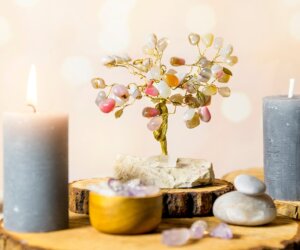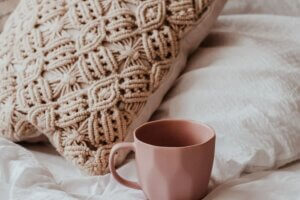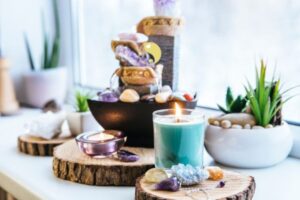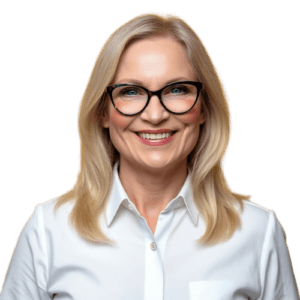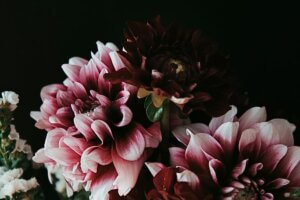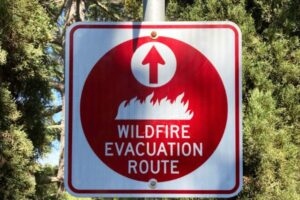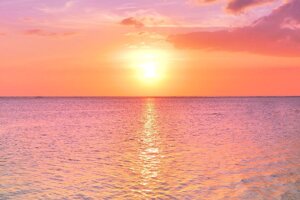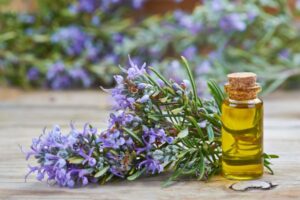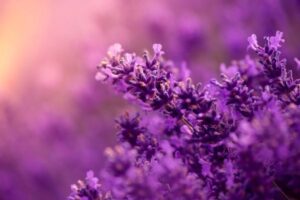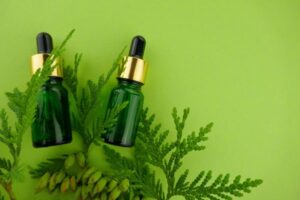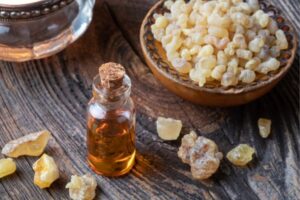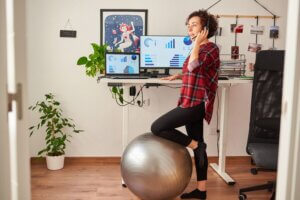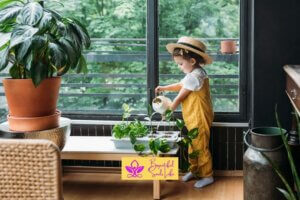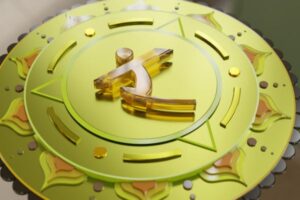The Feng Shui philosophy believes that there are connections between all humans, and we are in the flow with our space. So, the Feng Shui is a practice of arranging our home and living spaces in balance with the natural world. This is the basis of Feng Shui design for a peaceful home.
This way, energy forces attract to our space and establish balance between our lifeworld and ourselves. The goal is to direct the flow of universal energy within our space and ourselves which connects us with our space.
Feng Shui combines two Chinese words, Feng and Shui, which mean ‘wind’ and ‘water’ respectively. This philosophy is also called Taoism in Asian culture, which means ‘the way’. Therefore, Feng Shui interior design is “way of nature.”
Feng Shui is based on three principles:
- The command position,
- The Bagua, and
- The five elements.
Some people consider the use of color as an essential principle of Feng Shui. In fact, the use of color plays a significant part as it comes from other Feng Shui principles.
① The command position of Feng Shui Design.
The command position (also known as the power position) is the location of your room where you spend most of your time. It lends strength of position for positive energy. It’s therefore the dominant position.
You place your furniture accordingly, like your bed or your desk, where it is workable for you to see the door while sitting, standing, or lying down. As a result, it helps you relax, because you feel more secure.
Also, facing the door with a bed headboard or a wall ensures more security.
The command position is:
- Diagonally opposite from the door while also facing it.
- Furthest from the door.
- Not directly opposite to the door.
- Has firm support or backing from behind.
② The Bagua
The Bagua is the energy map of the space. It shows which areas of our home are connected to the areas of our life. Classically, according to Feng Shui Design, the Bagua divides the space into eight areas. (Bagua in Chinese means eight areas).
Each area of the Bagua corresponds to a different life circumstance like family, career, partnership, etc. Earthly elements, colors, directions, and shapes are also included with each Bagua area.
Traditionally a compass determines the house’s orientation to shape the Bagua map of our home. You will, of course, find many different sizes and colors of Bagua if you do an online search.
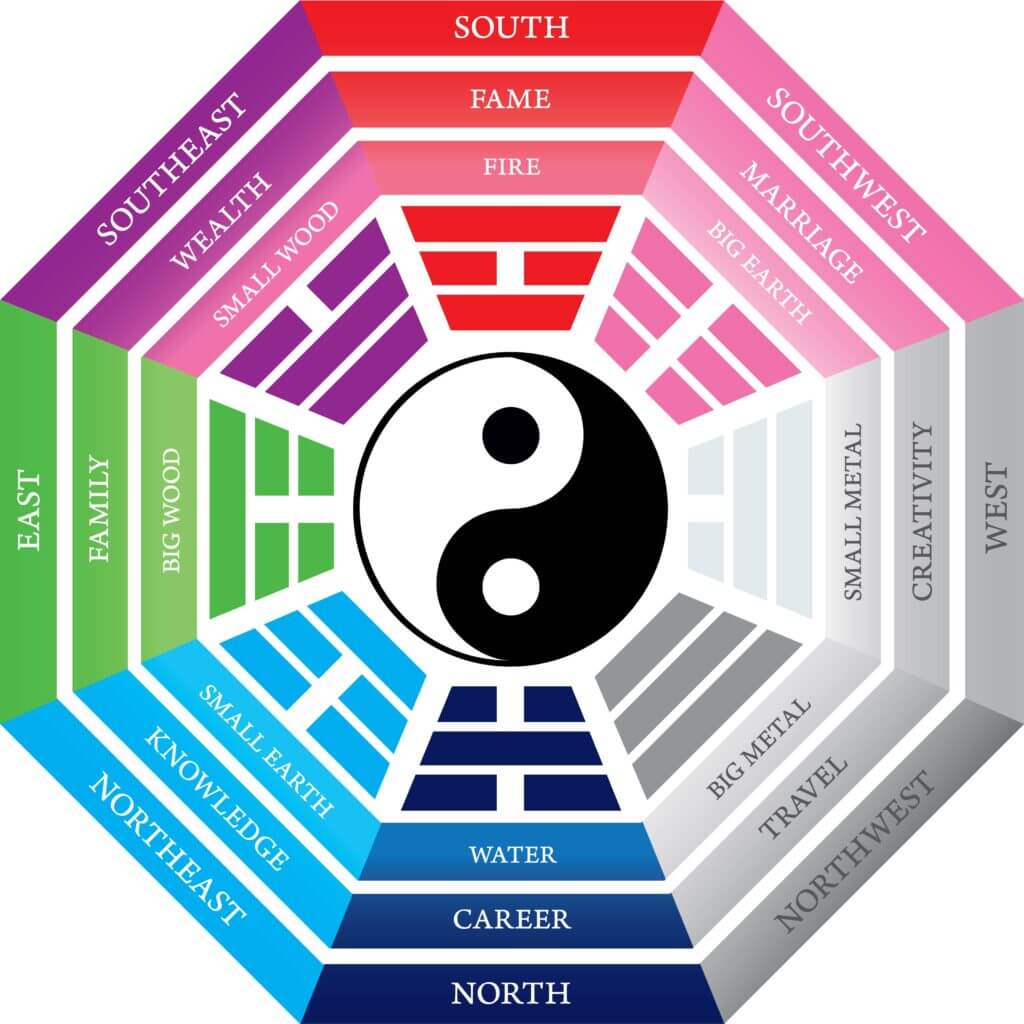
③ The five earthly elements of Feng Shui design.
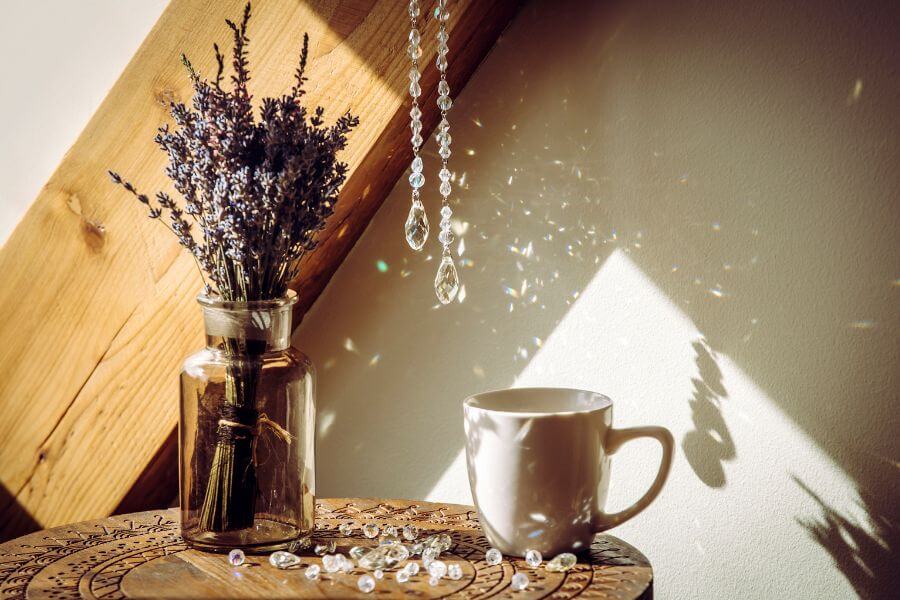
The five elements of Feng Shui are wood, fire, earth, metal, and water. When we place these five elements correctly, our space promotes wellbeing by stimulating universal forces. These five elements are placed optimally using Bagua as it tells us about the location of these elements in our home.
a. Wood
- Expressed in green and brown colors.
- Represents abundance and is considered to sustain health, growth, and vitality.
- Promotes wealth and prosperity.
- Can be added to a space by adding healthy plants or related imagery in the area.






b. Fire
- Represents love, romance, and passion.
- Provides a sense of joy and creativity by bringing the energy of the sun.
- Expressed in red, bright yellow, magenta, purple, orange, and pink colors.
- Can be added by using candles, images of fire, lampshades of these colors, or small cushions.









c. Earth
- Represents nourishment, protection, support, and stability.
- Provides a sense of peace and balance.
- Expressed in sandy, beige, and taupe colors.
- Can be added by using pottery, rugs, pillows or paintings, or images of the landscape.
- Particularly suited for the bedroom.






d. Metal
- Represents structure, efficiency, and discipline.
- Provides a sense of clarity and calmness.
- Expressed in white and grey colors.
- Can be added by painting walls grey or white and using rugs, pillows, and metal frames of these colors.







e. Water
- Represents abundance, harmony, and ease.
- Provides a sense of flow and renewal.
- Blue and black colors express it.
- Water element adds to space by using fountains, mirrors, rugs, and decoration of blue color.





• Relation of colors for Feng Shui Design.
Colors play a vital role in Feng Shui because they represent earthly elements, and color visualizes light waves. Every color signifying a varying wavelength attracts different energy. Colors are the most accessible element to alter to fix and adjust the power of a space.
Colors impact our senses and feelings without making a lot of effort. For example, changing the color of curtains or cushions are not much work, but it harmonizes the energy we want to attract to our space.





The elements represent Bagua, expressed through colors in many scenarios, giving color their significance in Feng Shui. The color choices have a tremendous impact on our state of mind and the tranquility of our surroundings.
If a color chosen has the wrong effect on the mind or surroundings, then it can be counterbalanced by incorporating the principles of Feng Shui.
• What do to first.
First things first, before starting with Feng Shui, declutter your space! Decluttering is crucial to make your space harness positive energy as it does not affect cluttered space.

For that, you must consider the following tactics:
- A higher and exciting aim (that can design a dream space, e.g., your meditation area, your home office, or anything that you want to make space for)
- Be willing to let go of extra stuff (furniture and accessories).
- Clean the corners of your space as they accumulate much energy and considerable symbolic power.
- Clear your home air and make it stress-free by opening windows and using herbs like rosemary, mint, chamomile.
- Get grounded: walk barefoot on grass or on the beach, meditate in the sunshine, or hike around trees. Objects like trees, stones, and handmade pottery help in feeling grounded.
- Declutter your schedule to save time for the things you love.
• Considering the basic steps of Feng Shui.
To begin with Feng Shui, first consider these basic steps:
- Consider the purpose of the room.
- Assume the command position.
- Redo your bedroom and other spaces you want to attract positive energy.
- Embrace Feng Shui elements by adding them or their associated colors to your space.
• Feng Shui colors for each peaceful home space
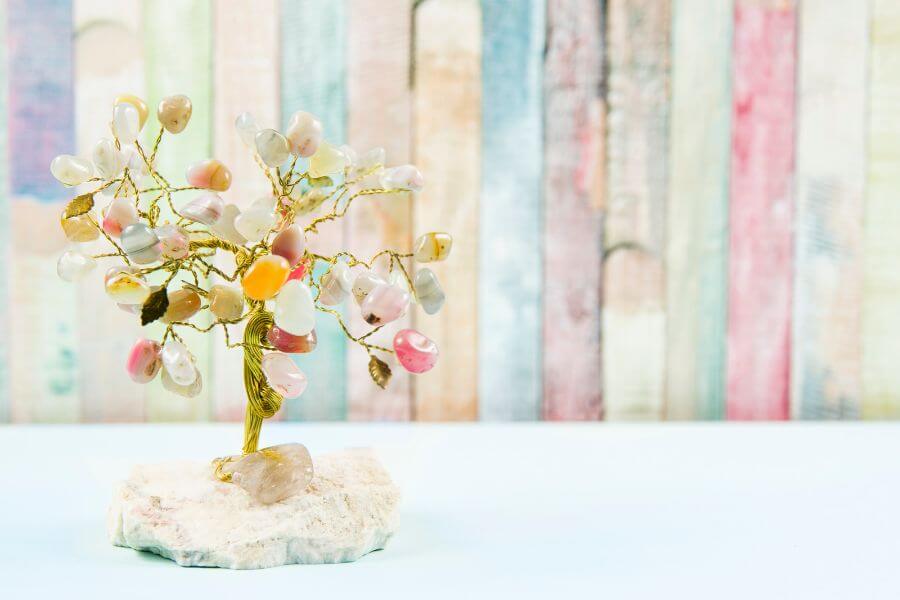
a. Front Door
Energy enters mainly through the front door; that is why the front door is called the ‘mouth of qi’ (qi means energy). Having a solid front door welcomes positive energy and opportunities to our home. Traditionally, a compass determines the direction of the door to paint the door in a color that supports that direction.
- Colors for north-facing front doors are water or metal element color, i.e., black, charcoal gray, navy blue, white, off-white, gray, and metallics like bronze, copper, gold, and silver.
- The colors for south-facing front doors are fire or wood element color, i.e., red, orange, vibrant yellow, purple, pink, green, blue, and teal.
- Colors for east-facing front doors are wood or water element color, i.e., green, blue, teal, black, charcoal gray, and navy blue.
- Colors for west-facing front doors are metal or earth element color, i.e., white, off-white, metallics like gold, silver, copper, bronze, and gray. Since it includes earth element colors, brown, yellow, orange, terracotta, and taupe can also be grounding and nurturing for the west-facing door.
b. Entry Foyer
Entry of our home is crucial because your front door opens into it, and we know that the front door is the mouth of qi, so entrance actually shapes the first impression of our home.
The colors recommended for the entrance area are light green and blue, pink, white, and light gray. These colors signify new beginnings, youth, and precision.
c. Bedroom
The bedroom is the place for relaxing and resting. It is where one spends most of the time and engages in love and relationship with the partner. So bedroom affects us almost immediately and intensely.
Colors that make your bedroom stimulate good vibes are light blue and green, pink, and peach. Blue and green represent growth and new beginnings, while pink and peach correspond to marriage and blossom luck, respectively.
d. Living Room
The living room is more a public room because we gather with friends and family to connect, interact and entertain with them. The colors recommended for the living room are blue, green, earthy brown, yellow, neutral, and white. These colors signify growth, self-care, and joy.
e. Kitchen

The Feng shui kitchen has its unique place because we gather around it and make food here, which feeds and nourishes our bodies.

The colors recommended for the kitchen are white, blue, yellow, earthy browns, and neutrals. These colors signify grounding, support, and cleanliness.
f. Bathroom
In Feng Shui bathroom is the place where energy leaves our home. The bathroom also speaks for cleanliness and maintaining sanitation standards.
The recommended colors for the bathroom are gray, black, white, and pink. Gray and black symbolize the water element; white is for cleanliness while pink stands for the earth, which receives the waste.
Interesting things related to Feng Shui design for a peaceful home.
a. Baby element numerology.

The color for the baby room depends on our inclination towards a color because of its neutral effect or the calmness of a color scheme provides. In Feng Shui, a baby’s element is decided based on numerology, examining Nine Star Ki and the baby’s primary birth element.
We can, however, have our intuitions play while decorating the baby room and can add an elemental color we are most attracted to and help in our child’s nurture.
Feng Shui colors for nurseries are delicate pale pink, neutral beige, earthly browns, metallic, iridescent glaze, clean, simple white, warm gray, baby blue, earthy green.
b. Best houseplants for Feng Shui.
Plants are known for their healing powers of purifying the air and relieving stress. In Feng Shui, greenery and plants improve energy in our space as they are living objects.

Plants help in reviving tired, weak, and lifeless areas of our home. Indoor plants such as rubber, philodendron, hedgehog aloe, snake plant, and money trees bring good energy to the living room, entrance, and kitchen.
c. Aquarium use in Feng Shui.

Aquariums include natural life in fish and Feng Shui water element. Fish symbolizes abundance and freedom. Fish moving and swimming in the aquarium, sometimes even swimming against the current, create more flow of universal energy in our lives. Water symbolizes abundance, opportunities, and wealth.
You can place aquariums in Feng Shui in the entry area to welcome prosperity and wealth and office or career areas for activity and abundance in professional life. For indoor aquariums, goldfish are considered good luck.
d. Calcite to cleanse energy and balance chakras.

Calcite is a crystal used to stimulate and purify energy. It absorbs negative energy and balances our minds. The chakras depend on calcite’s varying colors, as a particular type of calcite resonates specific chakras and enhances a special kind of energy.
Calcite activates our meditation space and actuates (Feng Shui energy map) and five elements.
e. Feng Shui interior design mistakes.
While some of us are new to Feng Shui, we might make some Feng Shui mistakes that attract negative energy.
- Bed on the same wall as the door or bed facing the bathroom door without hanging a reflecting mirror.
- Raised toilet lids are assumed to drain your home’s good fortune, so keep them closed.
- A mirror hanging opposite the front door in the foyer can push away the positive energy flowing inside your home, so it is okay to have it at some other place in the entrance but not opposite the front door.
- Clutter in your home may act as an obstacle to energy flow, making positive energy stagnant. Do not fill up every space with furniture or decoration; leave some room to grow; this will also help declutter your space.
Conclusion
It is our wish that you find this post enlightening and helpful. If you have any questions or suggestions, we love to hear from you in the comments below. Also, kindly accept our invitation to join our group on Facebook to surround yourself with kindred spirits and post your encouraging messages.



